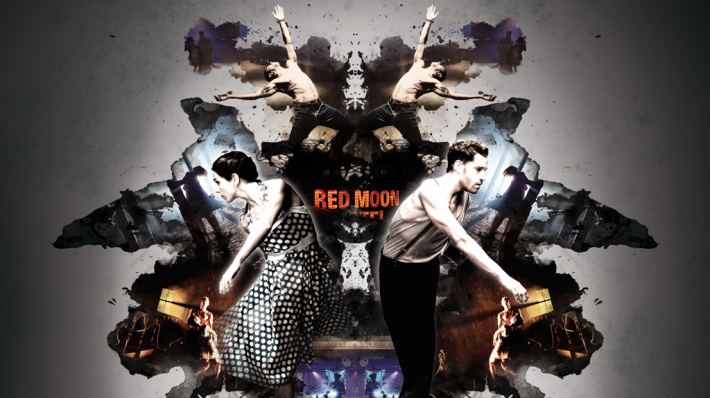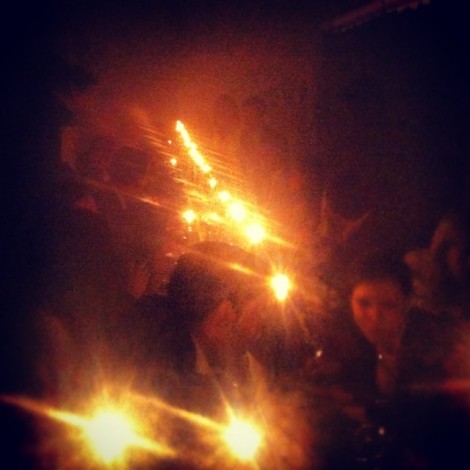Visiting London I took the oppurtunity to go to Punchdrunk’s epic show The Drowned Man which encompass some 20.000 sqm on 4 floors, 30 actors, a bar, et c. I will not summarise the whole experience here, there is plenty of reviews to read online. What I want to do is to share some thoughts on the interaction design.
Following the definitions of Participatory Arts (Deltagarkultur 2008, yet to be published in english), I would consider The Drowned Man an all-encompassing spectatory arts show. It’s neither interactive, in the sense of that one can alter the story line, nor participatory, in that it doesn’t encourage interaction between audience members. Let me quote:
The all-encompassing Gesamtkunstwerk, on the other hand, aims to create a total experience where everything that can be sensed is dictated by the artwork. All undesirable stimuli are firmly expelled. The all-encompassing work is no doubt by necessity multi-disciplinary, or at least multi-medial, but also requires a spatial dimension to manifest. The stimuli encapsulate the receiver in order to generate a “total environment of the senses” – the world of the Gesamtkunstwerk.
That pretty much nails the aesthetics of The Drowned Man and it’s all fine to do such a show. But if one was interested in making some interactive or participatory design based on the it, how could one do it?
First of all: Most of the rules that are presented as we enter the magic circle have the purpose to disable interaction between audience members as well as between audience and performers. First of all the masks, which covers the whole face and secondly the rule not to speak. Thirdly, they asked you to leave your company and explore the space alone. I can see why you want to do that, following the definition of a Gesamtkunstwerk above. If the audience were present and social they could ruin the mystical mood at the set. So, how to stay within the aesthetics, but still enable interaction.
What I would propse is a simple hand-sign system containing 3 different meanings, that would be presented to the audience from start. This would definetly need some playtesting, but here goes:
- Pointing. The meaning being to index something interesting that you want to show somebody else. After all, the scenography and prop design was amazing, and the story came through by finding props and reading letters than by watching the performers.
- Showing your palm. The meaning would be – take my hand, let’s go together. Let’s go for an adventure together. This could make up for the fact that you are alone and anonymous through most of the show.
- Stop. I don’t want to be part of whatever you are trying to do right now. Whether it’s a performer or audience member approaching you it’s safe to now how to say no. This would also make people more courageous.
I could think of plenty of other approaches that one could mix up with these basic interaction patterns. Another thing I thought of was that the performed scenes basicly can be divided in three different categories: sexy-dance, fighting-dance and ritual dance. Especially in the more ritualistic parts it would be easy to give the audience a more active part. There are also club-dance dance-scenes where it makes no sense to leave the audience out.
Furthermore one could add more game design to the story, but that’s a bit to complicated to cover in a short blog post.


